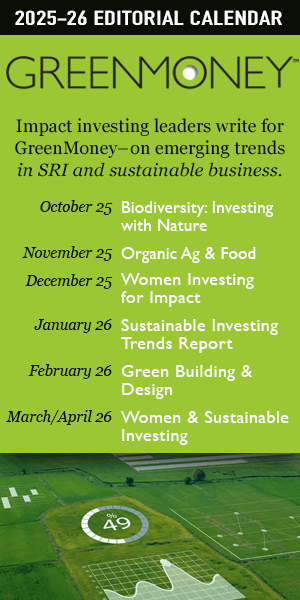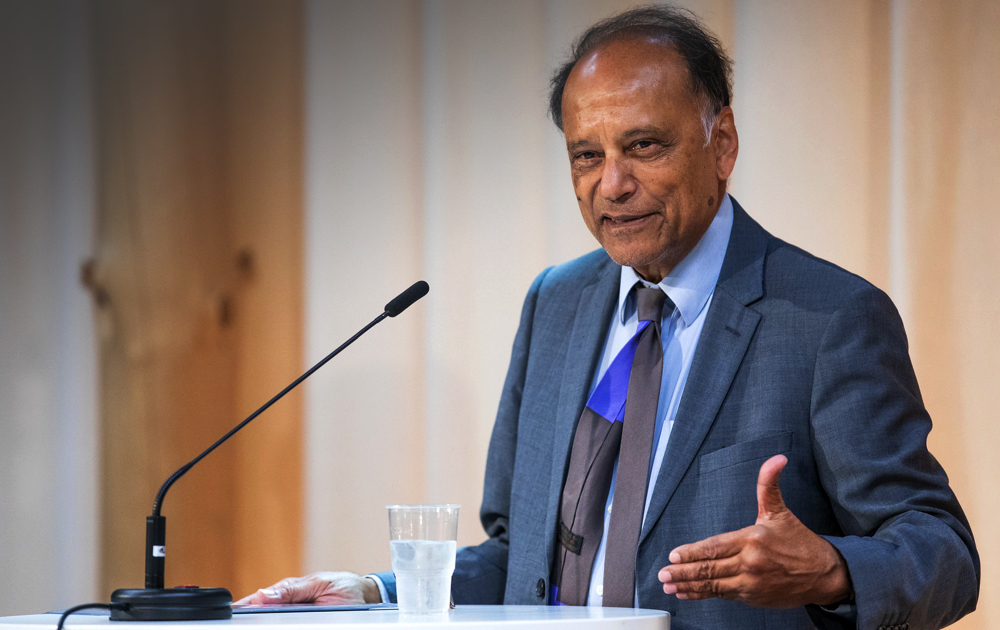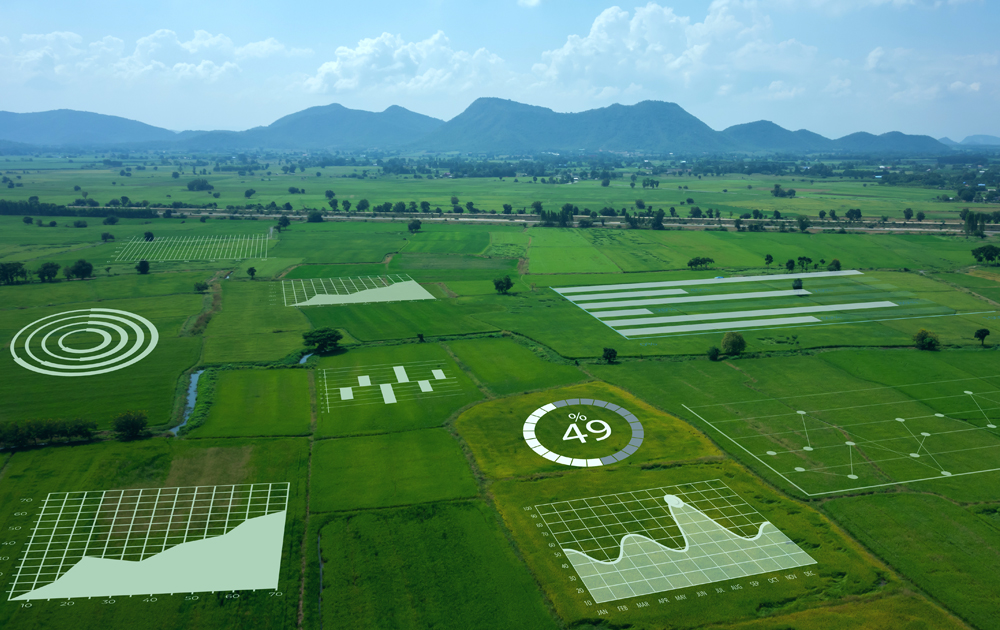The perception of the role of buildings is shifting to more of an enabler of creative, innovative work, of enhanced productivity. Core to that is the view through a sustainability lens.
 Emotional. Memorable. Authentic. These words conjure up a variety of images. For some in my business they might be those you’d associate with the late, great I.M. Pei. But my guess is they wouldn’t evoke visions of many commercial real estate buildings. However, they’re exactly the words the architects used to describe the new Amazon building going up in Boston’s Seaport District.
Emotional. Memorable. Authentic. These words conjure up a variety of images. For some in my business they might be those you’d associate with the late, great I.M. Pei. But my guess is they wouldn’t evoke visions of many commercial real estate buildings. However, they’re exactly the words the architects used to describe the new Amazon building going up in Boston’s Seaport District.
Driven primarily by rapid digitalization, the very nature of how, when and where we work is changing. And so too the role that our workplaces and buildings play in that dynamic. Real estate in general is becoming much more of an extension of the Human Resources strategy; factoring in to how we attract, retain and engage top talent. Human-centric designs offering engaging spaces with natural lighting, fresh air, green spaces, EV charging options and proximity to public transportation are just some of the sustainability elements focused on the needs of the occupant.
The bar has been raised on expectations. Gone are the days when office amenities were a nice desk with good lighting, free coffee and pizza on Fridays. Today it’s about the experience – individual and collective – and healthy, flexible workspaces. At JLL we see it every day. We know from our experience that healthy buildings promote healthy occupants, which correlates to improved productivity. We’re able to demonstrate to our clients how smart infrastructure investments can enhance the health and productivity of their most valuable asset, their people.
According to the World Green Building Council Report “Health, Wellbeing & Productivity in Offices”, the average annual cost breakdown for an office-based business is: One percent for energy, nine percent for rent and operations, and the remaining 90 percent for staffing costs. It’s information like this that makes clear the business case for people-centered investment decisions in our buildings and workspaces.

The Amazon build is an example. In addition to the employee experience attributes, their new space will be built over two feet above the 500-year floodplain to maximize resiliency and adaptation to climate change and sea level rise. The building, targeted for LEEDv4 Silver certification, will incorporate features considered fairly standard these days, such as high efficiency HVAC – all upper-level located, motion-sensor and ambient lighting. But they’ll also harvest rainwater, have rapidly-deployable flood barriers, and include a one-acre park which will be integrated into a forthcoming waterfront corridor, making the community part of the overall space. While these elements will add upfront costs to the project[1], the focus is on the long-term value of the physical asset and on the real-time experience of the human asset.
In addition to deploying smart building technologies and healthy space attributes, incorporating the surrounding community in to design thinking is a forward-leaning, but growing trend. Spalding University, based in Louisville, KY and a JLL client since 2003, expanded its sustainability approach to enhance not only its campus and operations, but the surrounding neighborhoods as well. Through our partnership, they added nearly three acres of green space to the campus, community youth playing fields, and a more welcoming entry park which doubles as a water capture system. The project has significantly enhanced community relations, beautified the campus and reduced operating costs – improving the experience for all and enabling affordable, quality education.

These are good examples of how buildings and spaces are increasingly being looked at as part of the productivity equation. Amazon made its choices to attract top talent and ensure a resilient building, but also to offer the best environment for a productive workforce. Spalding invested in interior and exterior improvements for the associated savings, but primarily to ensure its students had an environment in which they could thrive.
Of course, investments in sustainability go beyond the corporate and higher education sectors. A recent study by Four Twenty Seven and GeoPhy showed that that the number of environmental, social and corporate governance property funds and real estate investment trusts (REITs) climbed to 108 in 2018, with $272.4 billion in assets. Back in 2016, LaSalle Investment Management, an independent subsidiary of JLL, updated their investment strategy to include environmental factors, recognizing that they are key to maximizing investment performance and asset value.
And just last month Generation Investment Management announced a $1 billion Sustainable Solutions Fund, its largest growth fund to date. Targeted at later-stage start-ups, the focus includes the future of work. As co-founder Al Gore said, “…we’re in the early stages of a technology led sustainability revolution, which has the scale of the industrial revolution, and the pace of the digital revolution.” With 35 percent of REIT properties having geographic exposure to climate hazards, we need that scale and pace.
The breadth of sustainability investments in physical assets is increasingly being influenced by more than the traditional players of finance, facilities and real estate managers. Recognizing that a sustainably-designed and healthy workplace directly impacts attitude, satisfaction level and more importantly productivity, has led to human capital management and sustainability functions becoming integral and influential in the decision-making process.
Article by Cynthia Curtis, Senior VP of sustainability stakeholder engagement for JLL (https://www.us.jll.com), responsible for elevating JLL’s sustainability program, Building a Better Tomorrow, embedding it broadly throughout the business and driving meaningful impact with and through JLL’s clients. She serves as the company’s representative on the World Green Building Association’s Corporate Advisory Board. Cynthia also collaborates with the Investor Relations team to ensure its investors have a more complete understanding of JLL’s competencies, goals and impacts.
Cynthia was recently elected to the Board of Directors for Greenback Renewable Energy Company, LLC, which is dedicated to investing in projects and managing capital for its public shareholders as well as institutional investors in the sustainable infrastructure sector. Previously, Curtis has worked in the public, private and non-profit sectors, including Ceres and CA Technologies, where she served as vice president and chief sustainability officer. She lives in the Boston area, is a member of the New England Women in Energy and the Environment, chairs the Wellesley Village Church Energy Committee, and built one of the region’s first gold LEED-certified residences.
Article Footnote
[1] https://www.universalhub.com/2018/new-amazon-buildings-seaport-will-have-be-built


















